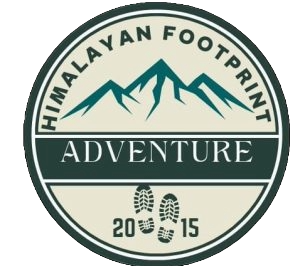It's Time to Start Your Adventures
Enjoy on a special journey to Everest Base Camp in Nepal. You’ll walk through beautiful landscapes, from forests to rocky areas, and reach the bottom of Mount Everest. Along the way, visit Sherpa, Kiranti, Tamang, Brahmin & Chhetry villages, experiencing their culture. The climb is tough, but the incredible views and feeling of achievement make it worth it. This adventure challenges your strength and lets you learn about the Sherpa people. Everest Base Camp Trek is a must-do, combining amazing nature with authentic culture for your travel list.
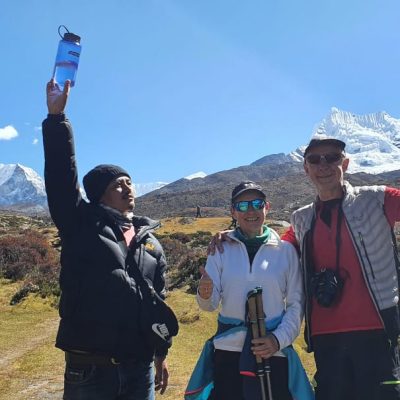
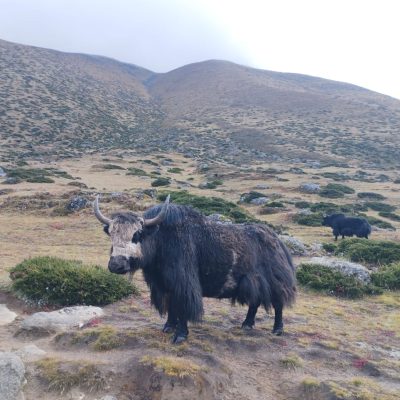
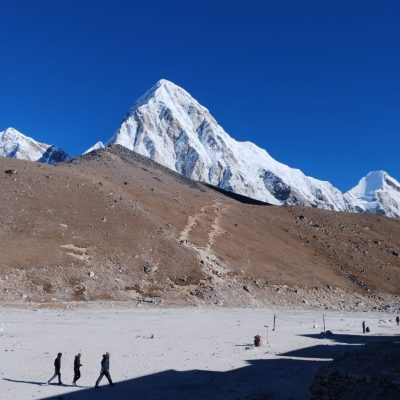
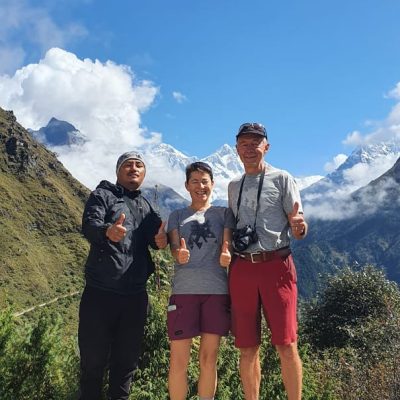
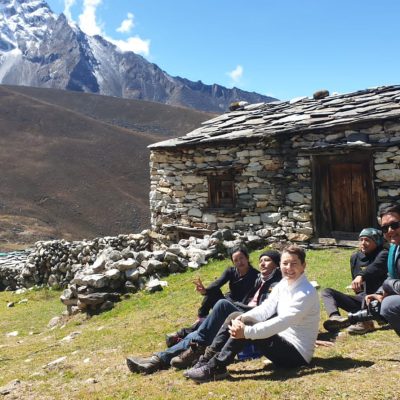
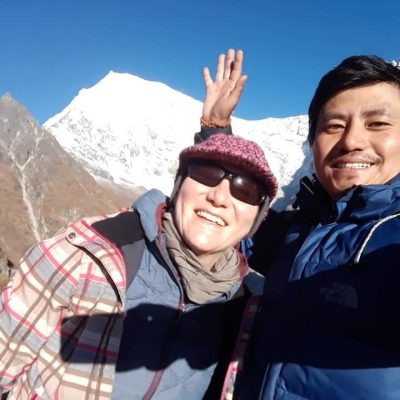
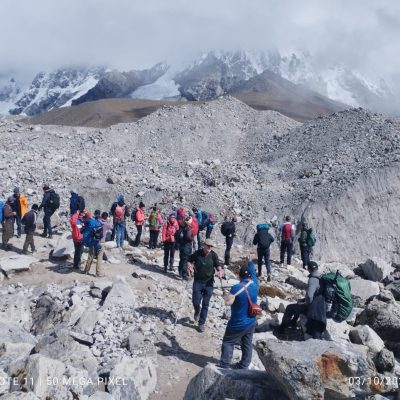

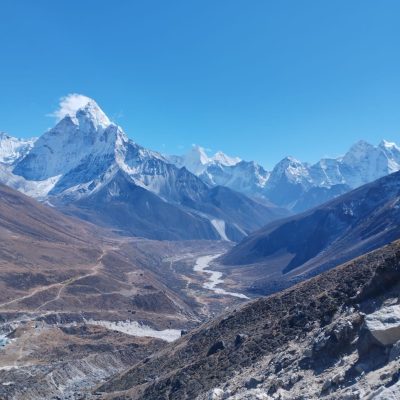
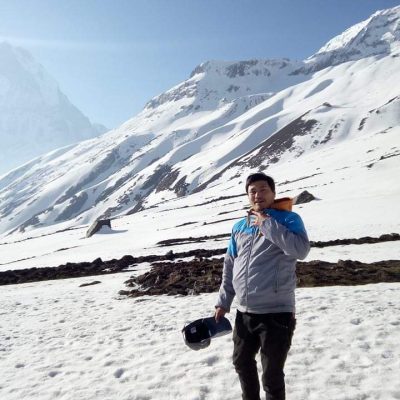
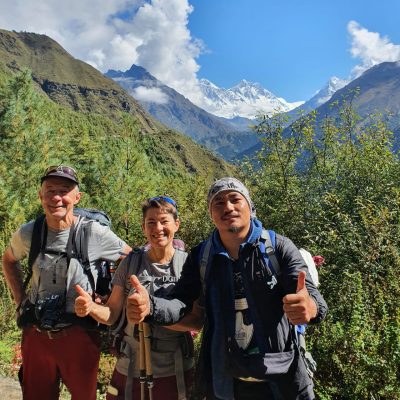
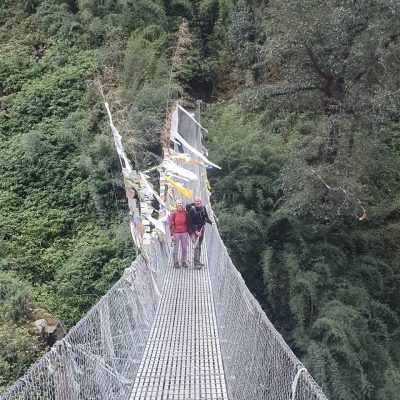
Where it is:
Everest Base Camp is in Nepal, high up in the Himalayas. It’s the starting point for people who want to climb Mount Everest.
How high it is:
It’s really high up – about 17,598 feet (5,364 meters) above sea level. That’s much higher than most places you’ve probably been.
How to get there:
To reach Everest Base Camp, people usually take a flight from Kathmandu to Lukla. Then, they trek through beautiful villages, forests, and over bridges to get to the camp.
What you see:
During the trek, you see amazing views of tall mountains like Ama Dablam and Lhotse. The trek takes you through villages where the Sherpa people live, and you can learn about their way of life.
What’s at the camp:
Everest Base Camp is like a temporary village where climbers stay. There are tents, places to eat, and medical help. Climbers use it as a starting point for their journey to the top of Everest.
The climb:
Climbers spend time at the camp to get used to the high altitude. They make trips higher up the mountain before attempting to reach the summit of Everest.
Challenges:
The trek and climb are tough. The air is thinner at that height, and the weather can be tricky. People need to be ready for the difficult conditions.
Why it’s popular:
Even with the challenges, Everest Base Camp is a famous destination. Many people dream of going there to experience the incredible scenery and be close to the world’s highest mountain.
In simple terms, Everest Base Camp is a special place in the mountains where people start their journey to climb the tallest peak on Earth, Mount Everest. It’s high up, has stunning views, and is a place where climbers prepare for their adventure.
Day 1: Arrival in Kathmandu
Arrive in Kathmandu, Nepal.
Transfer to your hotel.
Briefing about the trek.
Day 2: Fly to Lukla, Trek to Phakding
Early morning flight to Lukla.
Begin trek to Phakding.
Stay overnight in Phakding.
Day 3: Phakding to Namche Bazaar
Trek to Namche Bazaar.
Entrance to Sagarmatha National Park.
Stay overnight in Namche Bazaar.
Day 4: Acclimatization Day in Namche Bazaar
Rest day for acclimatization.
Optional hike to Everest View Hotel.
Explore Namche Bazaar.
Stay overnight in Namche Bazaar.
Day 5: Namche Bazaar to Tengboche
Trek to Tengboche.
Visit Tengboche Monastery.
Enjoy panoramic mountain views.
Stay overnight in Tengboche.
Day 6: Tengboche to Dingboche
Trek to Dingboche.
Enjoy breathtaking views of Ama Dablam.
Stay overnight in Dingboche.
Day 7: Acclimatization Day in Dingboche
Rest day for acclimatization.
Optional hike to Nangkartshang Peak.
Stay overnight in Dingboche.
Day 8: Dingboche to Lobuche
Trek to Lobuche.
Witness the Khumbu Glacier.
Stay overnight in Lobuche.
Day 9: Lobuche to Gorak Shep, Everest Base Camp Excursion
Trek to Gorak Shep.
Hike to Everest Base Camp.
Return to Gorak Shep for the night.
Day 10: Hike to Kala Patthar, Descend to Pheriche
Early morning hike to Kala Patthar for sunrise views.
Descend to Pheriche.
Stay overnight in Pheriche.
Day 11: Pheriche to Namche Bazaar
Trek back to Namche Bazaar.
Enjoy the downhill trail.
Stay overnight in Namche Bazaar.
Day 12: Namche Bazaar to Lukla
Trek back to Lukla.
Reflect on the journey.
Stay overnight in Lukla.
Day 13: Fly back to Kathmandu
Fly back to Kathmandu from Lukla.
Leisure time in Kathmandu.
Stay overnight in Kathmandu.
Day 14: Departure
Depart from Kathmandu.
Included
- Experienced Guide
- Porter Service
- Three Meals Daily According to Guest Preferences
- Three Daily Hot Drinks
- Seasonal Fruits
- All Necessary Equipment
- Covered Transportation Costs During the Program
- Airport Pick Up & Drop Off
- Accommodation Throughout the Trek
- Sightseeing at UNESCO World Heritage Sites
- Accommodation in Kathmandu (Tourist Standard Hotel/Star Hotel)
- First Aid Support
- Provision of Trekking Gear if Needed (Crampon, Ice-Axe, Rope, Oxygen Cylinder, Sleeping Bag, Hot Water Bag)
- Staff Insurance (Guide, Assistant Guide, Porter, Cook, Assistant Cook)
- Food and Accommodation for Field Staff
- Equipment for Staff
Not Included
- Tips For Nepali Field Staffs (In Nepal, tipping is a customary practice in tourism, and trekkers usually anticipate receiving tips from clients at the program’s conclusion. Typically, we suggest offering 10-15% in tips to the guide and other field staff.)
- International Flight
- Travel Insurance & Visa Fees
- All Beverages
- Extra Expenses (Personal Shopping, Personal Transportation, Additional Activities not included in the program)
Clothing:
- Outer Shell Jacket: Waterproof and windproof jacket for protection against the elements.
- Hiking Pants: Comfortable, moisture-wicking pants that are easy to move in.
- Rain Pants: Waterproof pants for rain and wet conditions.
- Gloves: Insulated gloves for warmth and protection.
- Hat: Warm hat to cover your head and ears.
Footwear:
- Hiking Boots: Sturdy, comfortable hiking boots with ankle support.
- Socks: Moisture-wicking and warm socks. Consider bringing a few pairs.
Accessories:
- Backpack: Comfortable daypack to carry your essentials.
- Sunglasses: UV-protective sunglasses with good coverage.
- Sunscreen: High SPF sunscreen to protect your skin from high-altitude sun.
- Lip Balm: With SPF to prevent chapped lips.
- Headlamp: Essential for any early morning or late evening activities.
Sleeping Gear:
- Sleeping Bag: Warm and suitable for the expected temperatures.
Hydration and Nutrition:
- Water Bottles: Carry water bottles to stay hydrated.
- Snacks: Energy bars, trail mix, and other high-energy snacks.
- Water Purification: Water purification tablets or a filtration system.
Miscellaneous:
- First Aid Kit: Including basic medications, bandages, blister treatment, etc.
- Personal Identification: Passport, permits, and any other necessary documents.
- Camera: If you want to capture the breathtaking views.
- Power Bank: To keep your electronics charged.
- Toiletries: Toilet paper, hand sanitizer, and other personal hygiene items.
Optional Gear:
Trekking Gear Rental: You can rent some equipment in Nepal, such as sleeping bags and trekking poles.
Portable Altitude Chamber (PAC): For altitude-related emergencies, if you’re concerned about altitude sickness.
